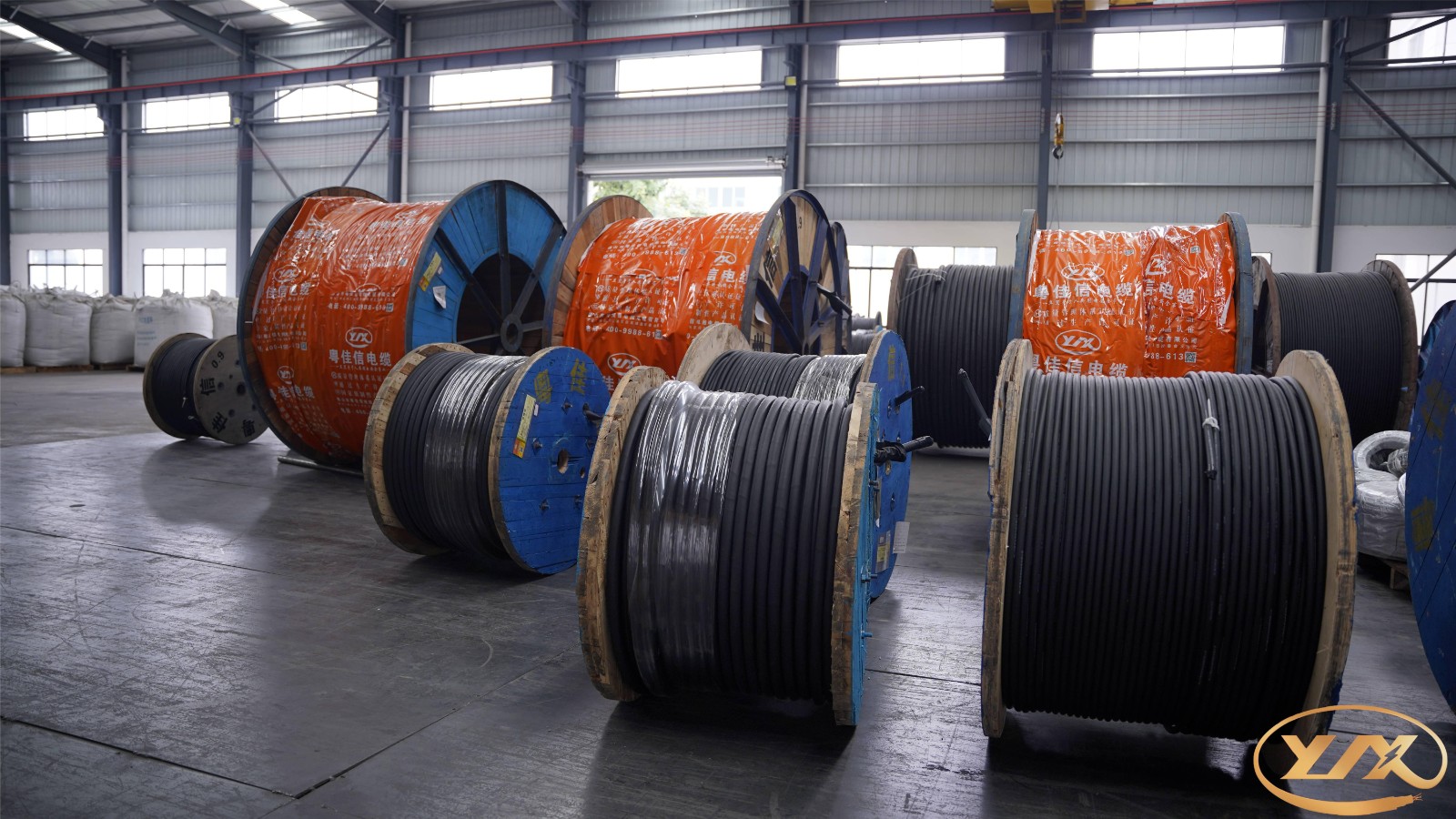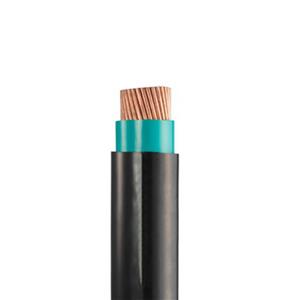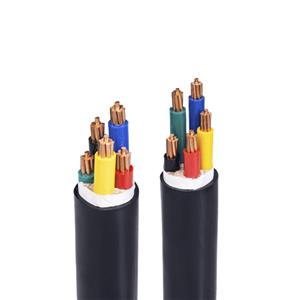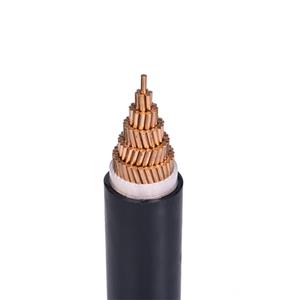How to choose the flame retardant grade of wires and cables
As social intelligence becomes more and more popular, modern wiring, like the human nervous system, extends to every corner of the building and is filled with dense cables. Every time we do a project or work on a project, we only think about: How many types of cables and how many meters will be used in this project? However, their fire resistance and flame retardant requirements have been ignored by people, thus becoming a huge hidden danger of fire. So what factors should be considered in the project design of the fire resistance and flame retardant grade of wires and cables? Here are some suggestions for your reference:

1. Cable laying environment
The cable laying environment determines to a large extent the probability that the cable will be attacked by external fire sources and the possibility of delayed combustion and disaster after fire. For example, non-resistive cables can be used for direct burial or separate pipes (metal, asbestos, cement pipes). If the cable is placed in a semi-closed bridge, trunking or special cable trench (with a cover), the flame retardant requirements can be appropriately reduced by one to two levels. It is recommended to use flame retardant Class C or Flame Retardant Class D.
2. Cable laying amount
The number of cables affects the flame retardant level of the cable. It is mainly the amount of non-metallic cable materials in the same space that determines the flame retardant category.
3.The thickness of the cable
After the volume of non-metallic objects in the cable in the same channel is determined, looking at the outer diameter of the cable, if the cables are mostly small (diameter below 20mm), the flame retardant category should be dealt with strictly. On the contrary, if the cables are mostly large (diameter 40mm or more), the flame retardant category should be treated more strictly. The reason is that cables with smaller outer diameters absorb less heat and are easy to ignite, while cables with larger outer diameters absorb more heat and are not suitable for ignition.
4. Flame-retardant and non-flame-retardant cables should not be mixed in the same channel. The flame-retardant levels of wires and cables laid in the same channel should be consistent or similar. The flame retardancy of low-level or non-flame-retardant cables is not suitable for high-level cables. As far as cables are concerned, there is an external fire source. At this time, even Class A flame-retardant cables have the possibility of catching fire.

The above is a summary of the factors that should be taken into consideration when choosing to lay and use flame-retardant cables. Fully consider the possibility of various hidden dangers during construction. Only when they are laid scientifically can flame-retardant cables truly play their role and achieve true electricity safety.
- PVC-Insulated Cable
- 450/750V BV Single- Core Cu/PVC Cable
- 450/750V BVR Single- Core Cu/PVC Cable
- 300/500V Or 450/750V RV Single-Core Cu/PVC Flexible Cable
- 300/500V Or 450/750V RVV Multi-Core Cu/PVC/PVC Flexible Black Cable
- 300/500V Or 450/750V RVV Multi-Core Cu/PVC/PVC Flexible White Cable
- 300/500V Or 450/750V RVVP Multi-Core Cu/PVC/CWS/PVC Screened Flexible Cable
- 450/750V KVV Multi-Core Cu/PVC/PVC Control Cable
- 450/750V KVV22 Multi-Core Cu/PVC/STA/PVC Armoured Control Cable
- 450/750V KVVP Multi-Core Cu/PVC/CWS/PVC Screened Control Cable
- 450/750V KVVP2-22 Multi-Core Cu/PVC/CTS/STA/PVC Screened Armoured Control Cable
- 0.6/1KV PVC-Insulated PVC-sheathed Single-Core Power Cable
- 0.6/1KV PVC-Insulated PVC-sheathed Multi-Core Power Cable




